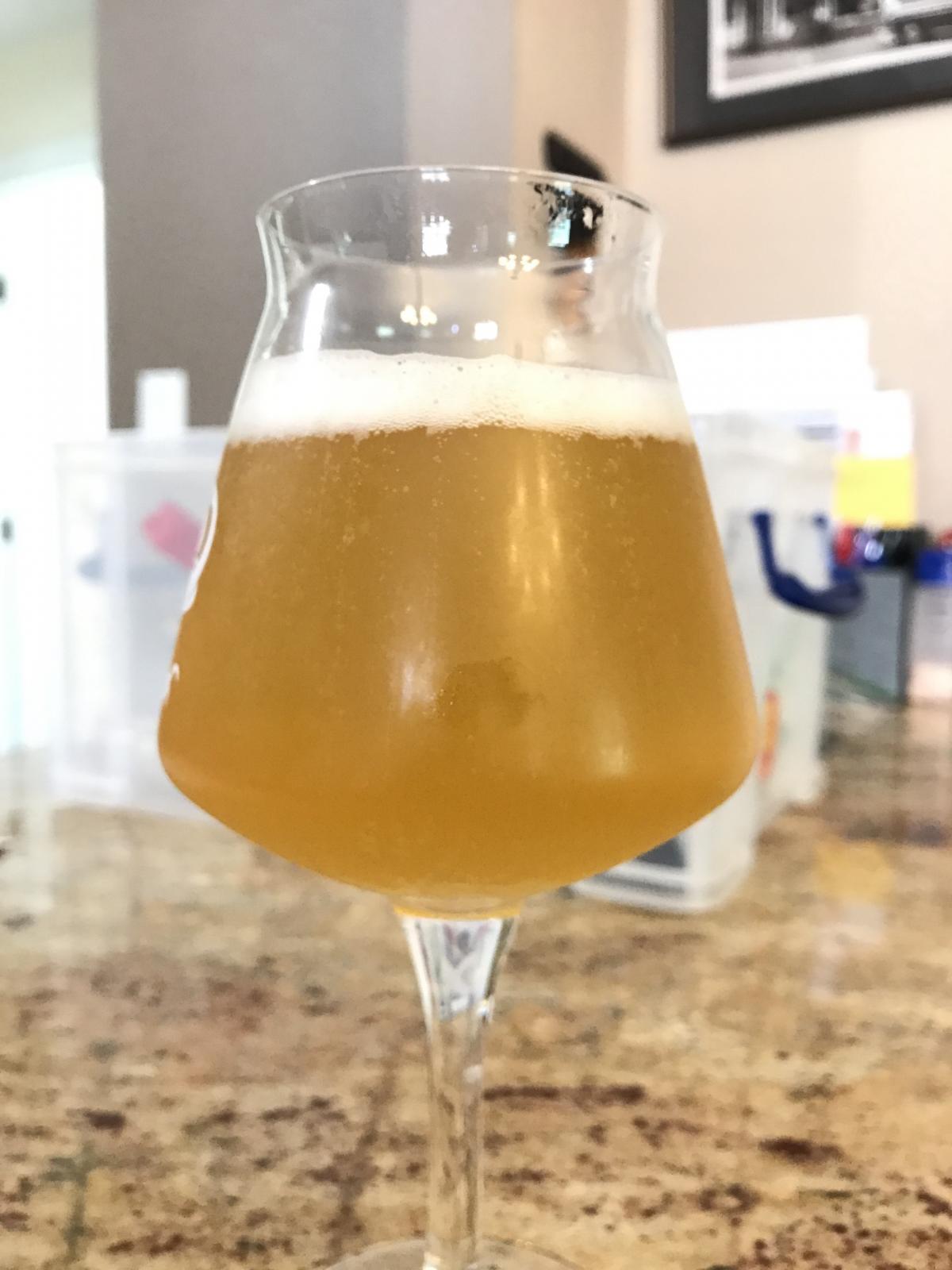BlkWater_brewer
Well-Known Member
Don't really care to use physical chemistry fundamentals. Let me just say that from my experience bottling beer without head additional co2 formed has no place to go into a full bottle and stays dissolved in the liquid and can lead to gushers. If there are too many excess fermentable sugars, with no room to escape to (head space) you will have a bottle bomb. Especially if you recycle bottles.
That being said, there is no commercial bottling equipment that doesn't utilize head space in the process. No it doesn't mean there is oxygen present, CO2 is used to create a layer of foam to prevent oxygen from entering the bottle before capping. Same process used in canning.
So that is my overall opinion based on experience, what anyone does with it is of no importance to me.
That being said, there is no commercial bottling equipment that doesn't utilize head space in the process. No it doesn't mean there is oxygen present, CO2 is used to create a layer of foam to prevent oxygen from entering the bottle before capping. Same process used in canning.
So that is my overall opinion based on experience, what anyone does with it is of no importance to me.


















![Craft A Brew - Safale S-04 Dry Yeast - Fermentis - English Ale Dry Yeast - For English and American Ales and Hard Apple Ciders - Ingredients for Home Brewing - Beer Making Supplies - [1 Pack]](https://m.media-amazon.com/images/I/41fVGNh6JfL._SL500_.jpg)







































